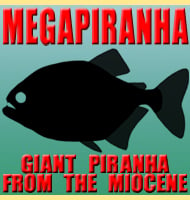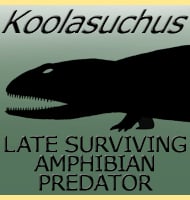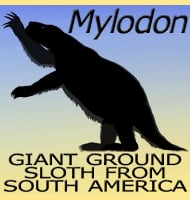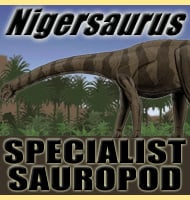In Depth
More popularly known as an ‘elephant bird’, Aepyornis is one of the largest birds ever discovered. This size and associated weight meant that Aepyornis was completely flightless, even lacking the deep keeled breast bone for strong chest muscle attachment. Modern analysis shows that Aepyornis and other elephant birds of the Aepyornithidae appear to be most closely related to the New Zealand kiwi. Like these Aepyornis seems to have had poor eyesight and may have been more nocturnal. Study of Aepyornis skull structure and brain area does however show that Aepyornis probably had an extremely well developed sense of smell. Aepyornis possibly roamed around the dense Madagascan forests looking for food.
Aepyornis is thought to have gone extinct around 1000AD, though a precise date cannot be determined. Human activity is thought to have been the primary cause. Some Aepyornis fossils show signs of butchery, though these are in the minority of known Aepyornis fossils. Perhaps more tellingly is the large amount of Aepyornis eggshells that have been found in association of areas of human habitation. This could suggest that Aepyornis was perhaps not actively hunted, but had eggs stolen to provide food. This would reduce fewer offspring every year until the species got to the tipping point of not being able to sustain itself. Another possibility is that other birds species such as chickens introduced to Madagascar could have also carried avian diseases that Aepyornis had no natural immunity to.
A former species of Aepyornis, A. titan, is now classed as its own genus named Vorombe. This means that most of the largest known fossils once attributed to Aepyornis now belong to Vorombe, suggesting that Vorombe was slightly larger than Aepyornis.
Further Reading
- Ancient DNA reveals elephant birds and kiwi are sister taxa and clarifies ratite bird evolution. - Science. 344 (6186): 898–900. - K. J. Mitchell, B. Llamas, J. Soubrier, N. J. Rawlence, T. H. Worthy, J. Wood, M. S. Y. Lee * A. Cooper - 2014. - Nocturnal giants: evolution of the sensory ecology in elephant birds and other palaeognaths inferred from digital brain reconstructions. - Proceedings of the Royal Society B - Christopher R. Torres & Julia A. Clarker - 2018. - Unexpected diversity within the extinct elephant birds (Aves: Aepyornithidae) and a new identity for the world’s largest bird. - Royal Society Open Science. 5 (9): 181295. - J. P. Hansford & S. T. Turvey - 2018.









